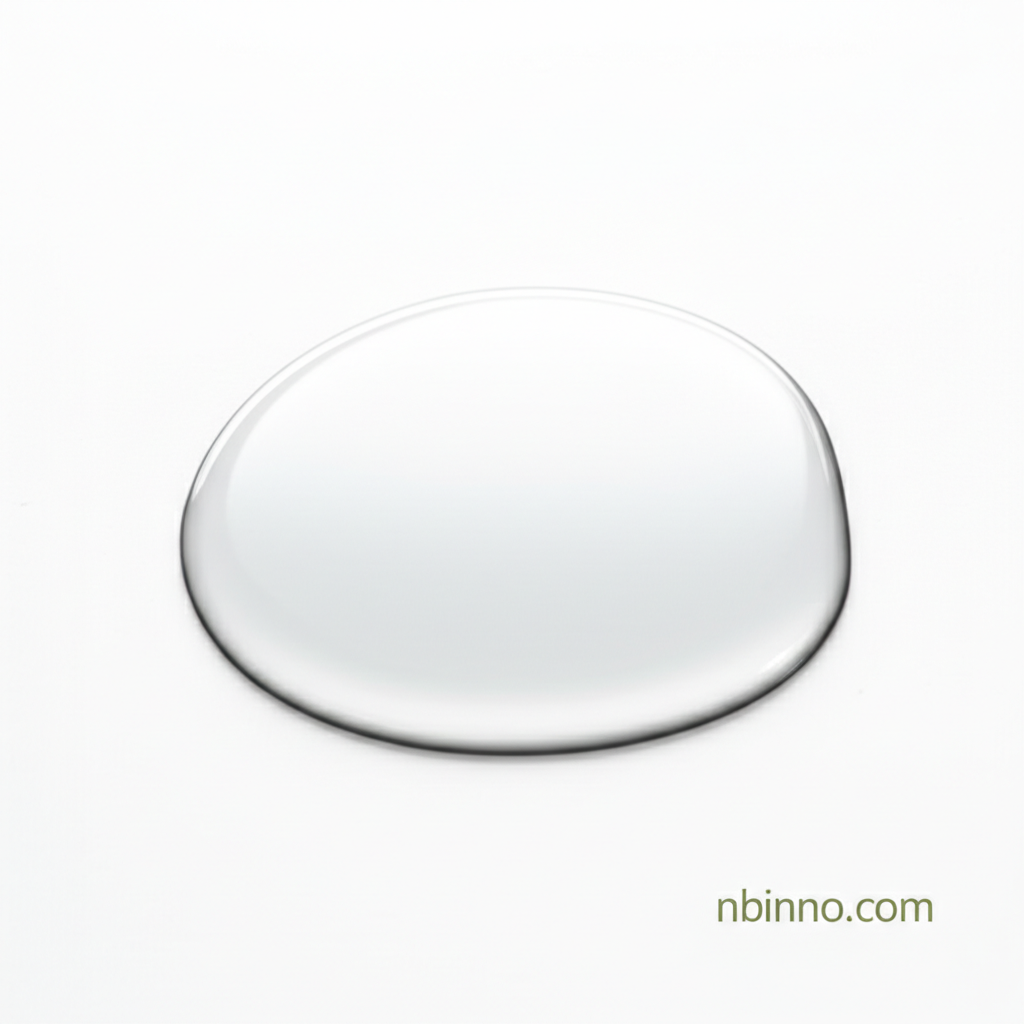Oleylamine CAS 112-90-3: Properties, Applications, and Uses in Industry
Discover the versatile applications and industrial significance of Oleylamine, a key organic intermediate.
Get a Quote & SampleProduct Core Value

Oleylamine
Oleylamine is a high-purity fatty amine serving as a critical intermediate in various chemical industries. Its unique structure and properties make it indispensable for creating surfactants and enabling advanced material science applications.
- The chemical properties of Oleylamine make it an excellent intermediate for surfactants, widely applied in industrial formulations.
- Oleylamine plays a crucial role in nanoparticle synthesis, influencing particle size and shape through its stabilizing effects.
- This compound is vital for fiber waterproofing and serves as an effective dyeing assistant in the textile industry.
- Users seeking to buy Oleylamine can find it utilized for its anti-static properties and as a pigment dispersant.
Key Advantages
Versatile Intermediate
As a versatile intermediate, Oleylamine finds extensive use in the chemical synthesis of numerous valuable compounds, contributing to diverse industrial processes and product developments.
Nanomaterials Science
In nanoparticle synthesis, Oleylamine acts as a stabilizing ligand, essential for controlling particle morphology and achieving desired characteristics in advanced materials.
Broad Industrial Use
From mineral flotation agents to lubricant additives, Oleylamine's application as a pigment dispersant and fertilizer anti-caking agent underscores its broad industrial utility.
Key Applications
Surfactant Production
Oleylamine is a foundational intermediate for cationic and amphoteric surfactants, crucial for emulsifiers and detergents across various sectors.
Materials Science
Its utility in nanoparticle synthesis and surface functionalization highlights Oleylamine's importance in developing cutting-edge materials.
Textile Industry
Serving as a waterproofing softener for fibers and a dyeing assistant, Oleylamine enhances fabric properties and dyeing processes.
Industrial Additives
The compound is widely used as an anti-static agent, pigment dispersant, anti-caking agent for fertilizers, and an additive for lubricating oils and anti-rust agents.
